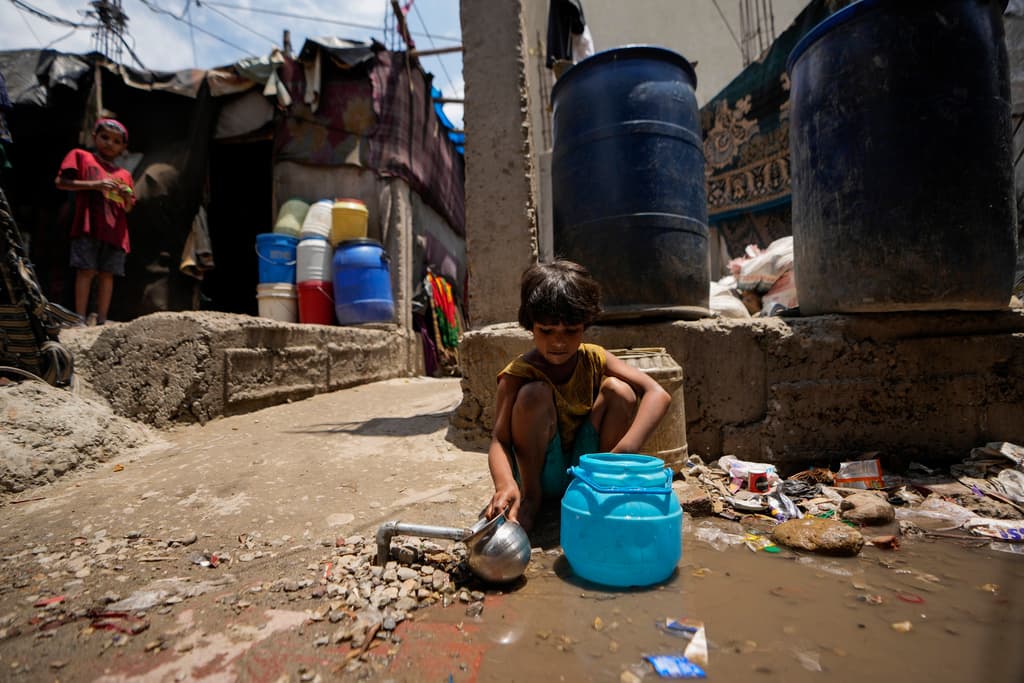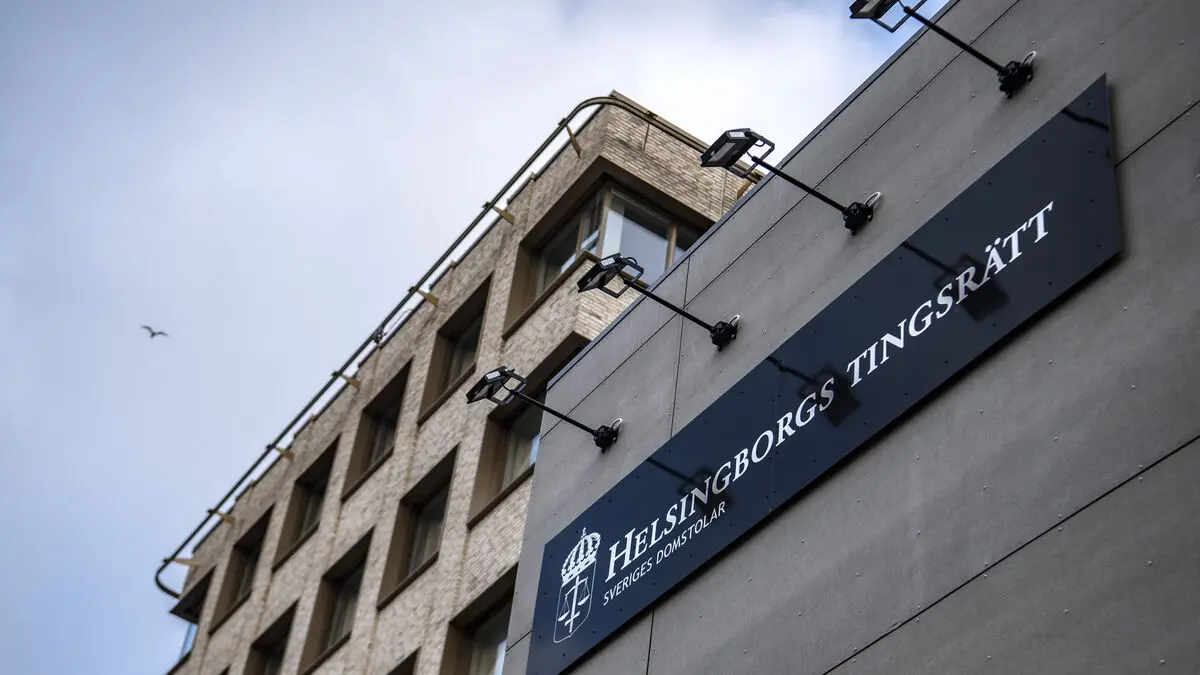The esteemed scientific journal Science has published a research report that questions previous information on how large a proportion of the world's population has access to safe drinking water.
The new research report shows that "more than 4.4 billion people in poor countries lack safe drinking water, a number that is more than double previous estimates", writes Science editor Jesse Smith in a comment.
135 countries
According to the report, inhabitants in 135 low- and middle-income countries do not have access to drinking water that is considered entirely safe. The populations most affected are those in southern Asia, eastern Asia, and countries south of the Sahara in Africa.
The main reason is the presence and spread of E. coli bacteria, primarily from feces. The calculation also includes the lack of, for example, drinking water wells in people's proximity, or that entire areas are completely dry.
In a report from the World Health Organization (WHO) in 2020, it was established that around two billion people lacked acceptable drinking water resources.
New measurement methods
The new result is due, among other things, to the use of more sophisticated measurement systems. Researchers have combined previous data with so-called geospatial measurements, where the actual reality has been examined through, among other things, digital maps where areas have been measured three-dimensionally.
Access to clean drinking water is one of the goals set out in the UN's agenda for sustainable development by 2030, and is considered a fundamental human right.
The comprehensive research report was funded by the Swiss national science foundation (SNSF).





